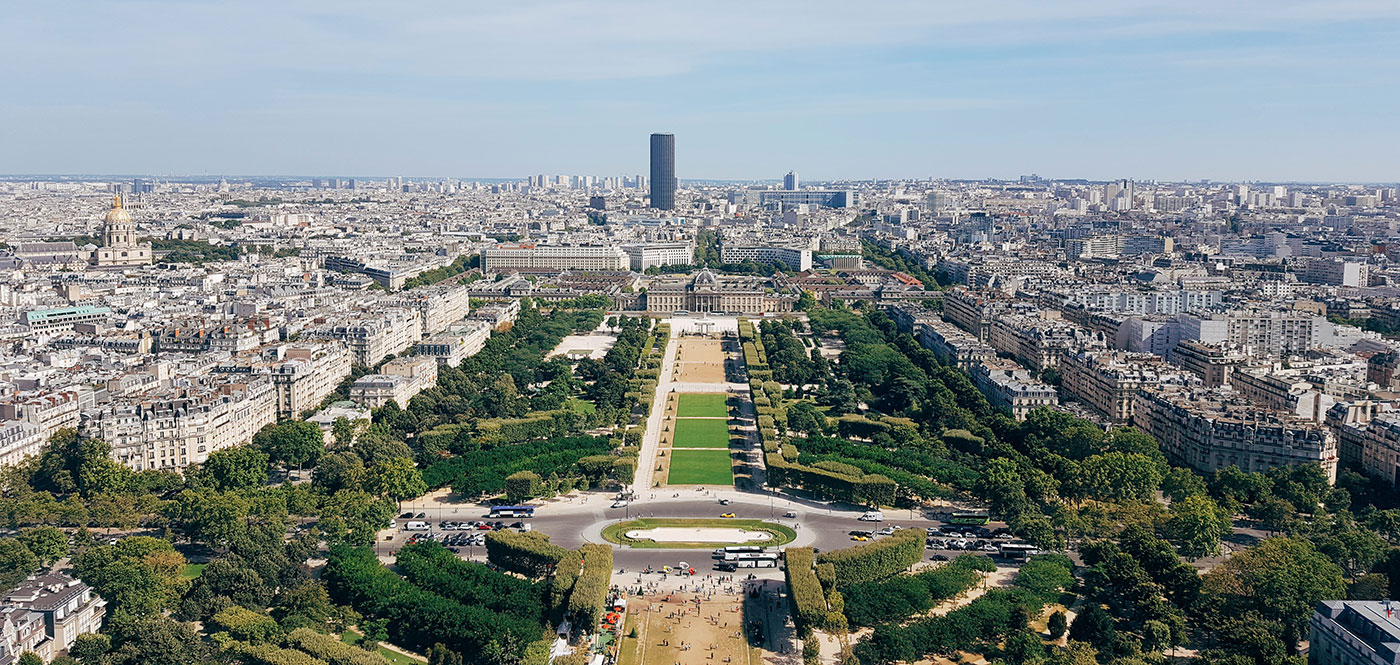
How to Rethink City Construction to Stop the Ticking Clock?
January 28, 2020 — The Big Picture
70% of the world’s population will be living in towns and cities by 2050. They already consume two-thirds of the world’s energy and are responsible for 70% of greenhouse gas emissions. With climate change already affecting urban areas worldwide, cities are now potential disaster victims and must find solutions to tackle tomorrow’s challenges.
Sustainability isn’t enough without resilience.
A resilient city can survive, adapt, transform and grow, regardless of the chronic stress (pollution, unemployment, a scarcity of resources, recurring violence) and shocks (bombings, fires, earthquakes, flooding) that it experiences.
“We need to build more resiliently, but it costs four times as much to integrate earthquake protection when rebuilding a city. And the cost isn’t the only barrier, the administration can be another” explains Daniel Gibbs, Chairman of the Regional Council.
However, society must face up to these radical changes to reach UN’s goals to no longer sell fossil-fuelled cars by 2035, to reduce building emissions by at least 80% from their current level by 2050, to achieve carbon neutral status by 2050 and to reduce CO2 emissions by 50% by 2030.
Resilience processes target a maximum number of objectives, including preserving the economy and biodiversity, reducing carbon footprints, the equity and solidarity of residents, welcoming migrants. Now we can prove the successes of these initiatives thanks to cities leading the way such as Loos-en-Gohelle, Kingersheim or Detroit, founding a second wind by providing for its own essential needs.
Some governmental bodies, mayors and leaders have displayed new models from “prosperity without growth” to community-led projects as more and more grass-rooted movements are also on the rise. Participatory democracy involves residents in the transition process from sustainability to resilience, placing the focus squarely on the well-being of the population in all their activities.
From de-industrialization to innovative solutions.
The successful rebound comes from sustainable, innovative and desirable development. These cities turned their backs on their region’s past industrial activities – coal for Loos-en-Gohelle, fertiliser for Ungersheim, textiles for Mulhouse and cars for Detroit.
They unashamedly recycled their past to enhance the present through art, culture and business initiatives as community gardens prevent flooding and boost morals, art exhibitions strengthen communities and foster innovation, and business incubators build a thriving local economy.
Across the Atlantic, like in Nord-Pas-de-Calais and southern Alsace, community repair workshops, recycling and building cleaning schemes, food banks, as well as educational projects, are contributing to the weaving of new social cohesion. Transportation also plays a major part in sustainable livelihood, and these towns also reintroduced biking and carriages successfully.
Three pilot schemes have also been launched in Paris for 1 million euros to focus on oasis and parks, explains Noémie Fompeyrine, Head of Resilience Projects at Paris City Hall ensuring that it will “reinforce social bonds, biodiversity, minimize the risk of flooding, reduce environmental footprint, as well as providing educational support.”
Innovative solutions may be sparked when looking back to simpler times and re-adapt them to fit our current needs. Furthermore, sharing practices and success stories from change-makers can also make a difference and inspire more cities to join the resilience movement.
Read the full blog entry here.
Powered by Bouygues Construction.